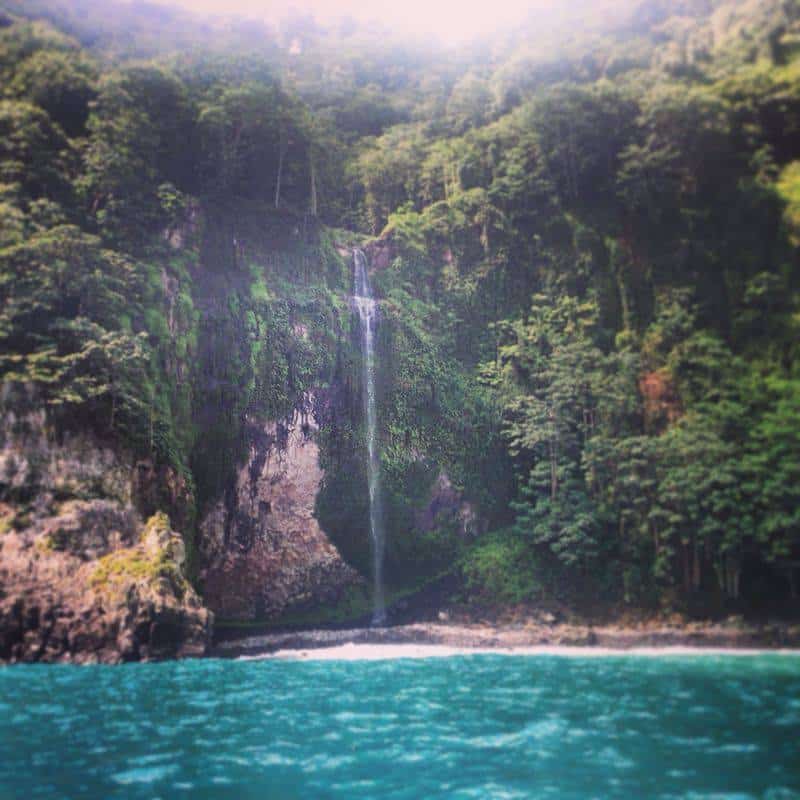Costa Rica is set to launch an ambitious plan to help its Protected Wildlife Areas (ASP) adapt to the challenges of climate change, focusing on the La Amistad Conservation Area–Pacific (ACLA-P). The Ministry of Environment and Energy (MINAE) and the National System of Conservation Areas (SINAC) announced that this initiative aims to prepare these vital ecosystems for climate-related impacts on biodiversity.
Led by MINAE through SINAC, the initiative seeks to enhance the resilience of protected ecosystems to shifting climate conditions. “With this effort, Costa Rica’s wild areas will be better prepared for changing climate conditions and their impact on biodiversity,” officials stated.
Environment Minister Franz Tattenbach highlighted the innovative nature of the approach, emphasizing its importance for biodiversity conservation amid growing climate risks. ACLA-P encompasses ten Protected Wildlife Areas, including:
- Three private National Wildlife Refuges: Longo Mai, Río General, and Montaña del Tigre.
- Three state-owned parks: Chirripó National Park, La Amistad International Park, and Pájaro Campana Bicentennial Biological Reserve.
- Four mixed-protection areas: San Vito Wetland, Cerro Paraguas Wetland, Las Tablas Protected Zone, and Los Santos Forest Reserve.
Climate change poses significant threats to these ecosystems, including changes in species physiology, shifts in plant and animal distribution, increased disease spread, reduced food availability, and lower reproduction rates. The ACLA-P region is particularly rich in biodiversity, featuring ecosystems such as savannas, páramos, cloud forests, oak forests, and wetlands. This makes it one of Costa Rica’s most biologically and culturally significant areas.
The economic importance of Costa Rica’s protected areas is also critical. According to the International Center for Economic Policy for Sustainable Development (CINPE) at the National University, national parks and biological reserves generated over $1.8 billion in 2016, contributing around 3.15% of the country’s GDP. Degradation due to climate change could threaten this vital tourism revenue.
Protecting biodiversity and supporting local communities is essential, making climate change adaptation measures within protected wildlands crucial. By transforming these areas into climate refuges, Costa Rica aims to preserve its natural heritage and safeguard its economic resources.
This initiative underscores Costa Rica’s commitment to environmental conservation and could serve as a model for other nations facing similar challenges. For expats and tourists alike, the preservation of these natural wonders ensures that Costa Rica remains a vibrant destination rich in biodiversity and cultural heritage.






